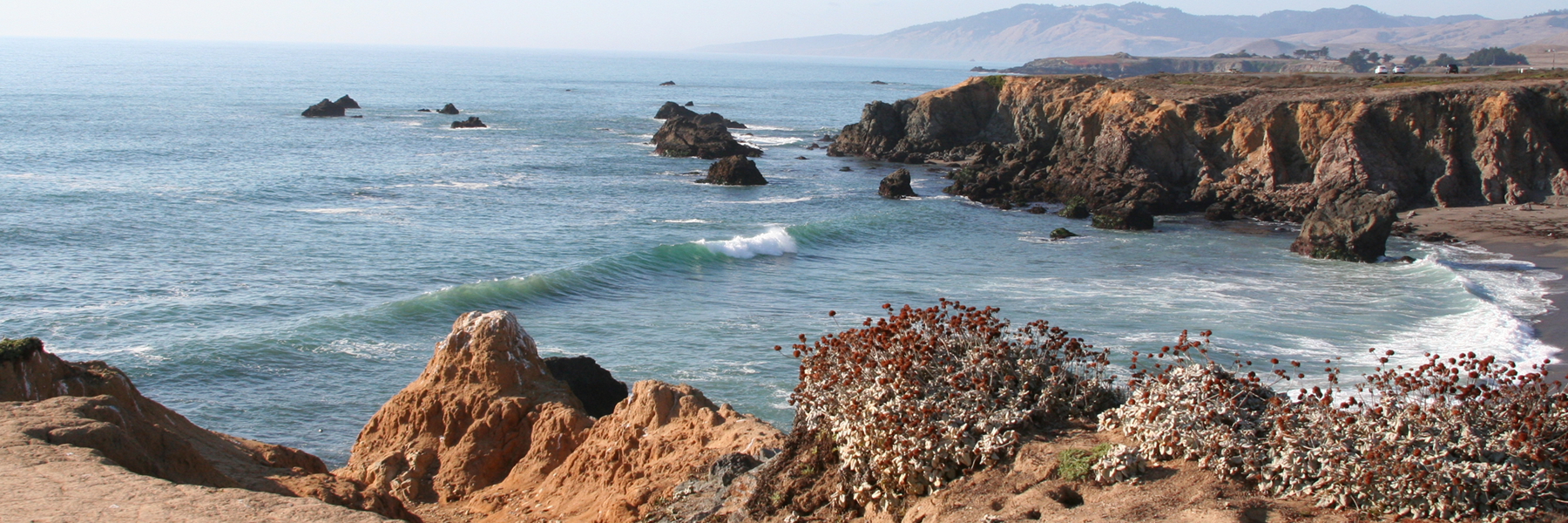Researchers find that the predictability of warmer West Coast ocean temperatures is not only due to El Niño

The U.S. West Coast supports one of the most productive marine ecosystems in the world and is a primary source of ecosystem services for the United States. Ocean temperatures along the coast can significantly influence ecosystem dynamics in this region. Extreme and persistent warm conditions, in particular, can have devastating impacts on marine ecosystems, as demonstrated by the “marine heat wave” that affected the Gulf of Alaska and U.S. West Coast from the winter of 2013-14 to the winter of 2015-16. This extreme marine event led to a decline of salmon fisheries, prolonged harmful algal blooms with closure of shellfish industry, and massive mortality of mammals and birds, among other ecological consequences. The ability to predict ocean temperatures along the U.S. West Coast, and in particular its extreme expressions, is therefore critical for society.
While El Niño events in the tropical Pacific are known to produce warming along the U.S. West Coast, their impacts appear to vary from event to event. For example, some relatively strong El Niño events did not have a large influence on the temperature along the coast, while the weak tropical warming that occurred in 2014 was associated with a large warming along the coast. In a new study recently published in Scientific Reports, CIRES researchers in the ESRL Physical Sciences Division clarified the inconsistencies in the El Niño influence by determining the spatial patterns of sea surface temperature and sea surface height that are most conducive to warming along the U.S. West Coast. These “sensitivity patterns” do not exactly coincide with a typical El Niño, but help explain the event-to-event differences in impacts.
The major finding of this study is the identification of tropical and North Pacific conditions that are key to the occurrence of warm events along the U.S. West Coast at some later time. These conditions include warm anomalies in the central and western tropical Pacific, as well as a distinctive evolution of the atmospheric and oceanic conditions over the North Pacific. Although El Niño events have some similarity with the sensitivity patterns, the presence of a fully developed El Niño may not be necessary for warm conditions along the U.S. West Coast to occur.
The sensitivity patterns identified in this study can help anticipate the ocean temperature along the U.S. West Coast with more reliability and at longer lead times and more effectively inform predictions.
Authors of 'Predictability of US West Coast Ocean Temperatures is not solely due to ENSO' are: Antonietta Capotondi, Prashant D. Sardeshmukh, Emanuele Di Lorenzo, Aneesh C. Subramanian and Arthur J. Miller.
Posted: September 3, 2019
Related Story at NOAA Climate Program Office: MAPP-funded researchers find predictability of warm West Coast ocean temperatures not solely due to El Niño